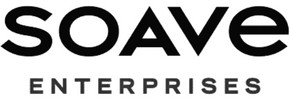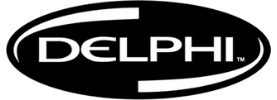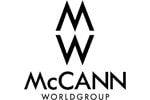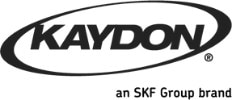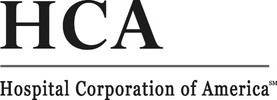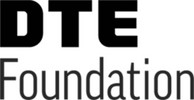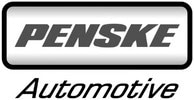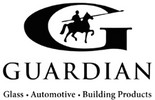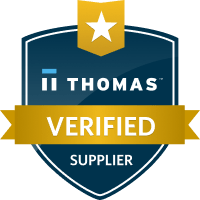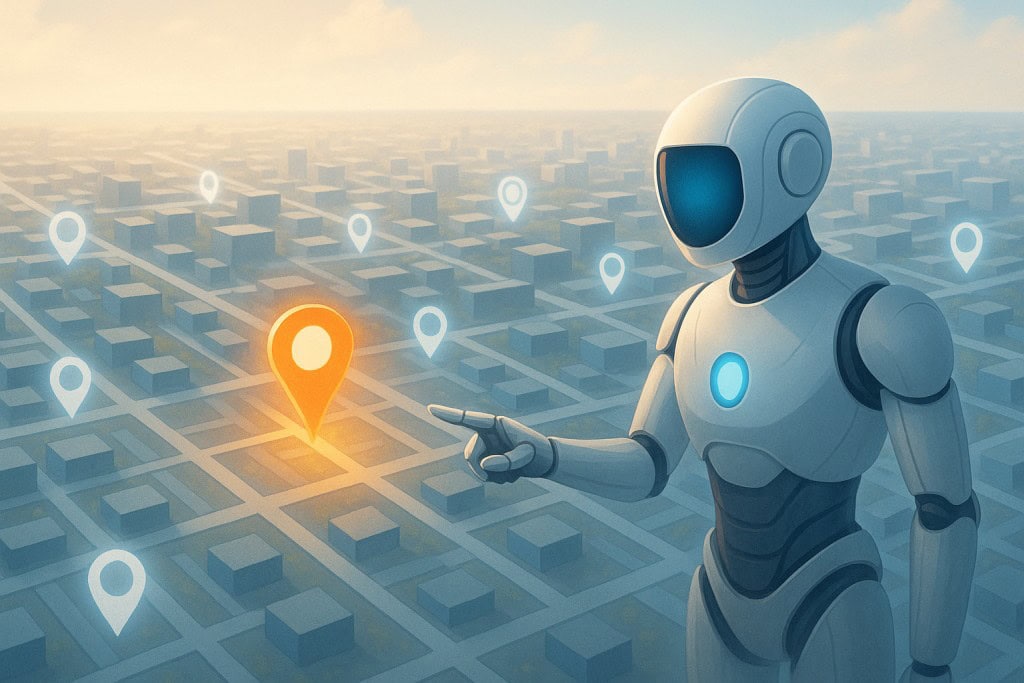
AI has rewritten the rules of digital visibility almost overnight. In a world where search engines are learning, reasoning, and recommending, every business now competes not only for human attention but also for algorithmic recognition. The companies that understand how to align with artificial intelligence—not just advertise through it—will define the next decade of growth. That’s what we unpacked on Carol Schultz’s “Evolving Your Workplace” podcast: the shift from traditional SEO to AI Search Optimization and what it means for brands navigating this new frontier.
Introducing the New Era of AI Search
Search has changed forever. What started as a keyword game in Google’s early years has evolved into a complex system powered by artificial intelligence. Consumers are no longer typing short queries into a search box — they’re having full conversations with platforms like ChatGPT, Gemini, Claude, and Perplexity.
That shift is forcing businesses to rethink everything they know about digital visibility. The question isn’t just how to rank on Google anymore — it’s how to be found by AI itself.
During my appearance on Carol Schultz’s “Evolving Your Workplace” podcast, we explored this very topic. You can listen to the full conversation on Spotify at Evolving Your Workplace – AI Search Results episode or on Apple Podcasts at How to Rank in AI Search Results. For more episodes from Carol, visit the Vertical Elevation Podcasts.
.
The Four A’s of Change: Navigating the Future of Marketing
Change is constant — but how we manage it determines whether we lead or lag. After decades in marketing, one pattern is clear: most businesses struggle not because change is hard, but because they resist it emotionally before they address it strategically.
That’s why I developed the Four A’s of Change — a framework that helps teams move through disruption with clarity and confidence:
- Anticipate Change: Watch for shifts before they impact performance — and set aside the budget and resources to respond. Whether it’s a Google algorithm update, a new AI tool, or a platform shift like mobile-first indexing, proactive anticipation allows you to reinvest in marketing and branding before disruption forces your hand.
- Accept Change: Emotional resistance slows progress. Accepting that change is inevitable allows you to pivot quickly rather than freeze when conditions shift.
- Adapt to Change: Once acceptance sets in, strategy follows. Adaptation means rethinking processes, retooling content, and evolving how teams approach growth.
- Adopt Change: Finally, embed the new reality into operations. Adoption makes innovation routine, not a reaction.
Businesses that follow this process are not just surviving; they’re thriving in an AI-driven marketplace.
From SEO to AI Search Optimization (AEO + GEO)
For more than two decades, digital marketing was built around traditional search engines — optimizing content, backlinks, and keywords to appear in Google results. But AI systems have rewritten the rules.
When users now ask an AI system to “recommend the top suppliers” or “which marketing agencies specialize in B2B,” the results are not always pulled directly from classic search rankings. They are based on how AI interprets your brand’s presence, authority, and credibility across the web. This is where AI Search Optimization becomes essential.
At SmartFinds Marketing, we describe this evolution as the next phase of digital visibility. It is built on two major components:
- SEO (Search Engine Optimization): The foundation of online visibility — optimizing your website for human users and search engine algorithms.
- AEO (Answer Engine Optimization): Optimizing for conversational AI and voice-based search experiences, where the AI gives the best answer.
- GEO (Generative Engine Optimization): Preparing content so AI models can reference, quote, and recommend your brand inside generative tools like ChatGPT.
Together, these form the foundation of AI Search Optimization, ensuring your business is visible not only to human audiences but to the AI systems that are increasingly guiding discovery.
For more articles on how we apply artificial intelligence to real-world marketing programs, visit our AI Marketing resources.
Why Schema and JSON Matter in AI Search
AI doesn’t read websites like people do. It interprets structured data to understand meaning and context. That’s where schema and JSON come in. Schema markup tells AI what’s on a webpage (an article, product, review, or contact info), while JSON organizes that information in a format AI systems can easily process.
When search engines and AI crawlers see structured data, they can connect dots across the web — identifying your business, validating your authority, and improving the likelihood that your brand appears in AI-generated answers.
Helpful Tip: One of the fastest ways to generate structured data for your website is to use ChatGPT. Simply ask: “Give me the JSON code for my home page” or “Give me the JSON code for this blog post.” Copy and paste the provided script directly into your site’s HTML to help AI systems understand your content faster and improve your visibility in AI search results.
This small step can transform how AI perceives your website — turning your data into recognizable, referenceable knowledge for the next generation of search.
Building Authority Through Notable Sources
Structured data is one side of the AI Search Optimization equation; authority is the other. AI models look for notable, verifiable sources that reinforce your credibility. That is where press release marketing becomes essential.
When your brand appears on trusted outlets and is mentioned across multiple high-authority domains, AI has more reason to trust and recommend you. Press releases today are not only for journalists — they also feed the algorithms that power AI visibility. This aligns directly with SmartFinds Marketing’s approach to ongoing press release and distribution programs.
Business Confidence Amid Uncertainty
Many CEOs and marketing leaders are holding back right now due to global instability and election-year uncertainty. While that hesitation is understandable, the reality is that visibility doesn’t wait for stability.
Businesses that pause their marketing spend during uncertainty often lose ground to competitors who stay active. The cost of catching up later can exceed what would have been spent maintaining momentum. As we discussed on the podcast, staying on the “train” — continuing to invest in brand, content, and AI readiness — is the logical path forward.
There is no version of going backwards and no version of stopping. AI is moving forward, and so are your competitors.
Omnichannel Strategy: Converting Visibility Into Growth
Visibility alone does not produce revenue — conversion does. That’s why AI Search Optimization should be integrated into a broader omnichannel strategy that unites content, SEO, press releases, social media, and conversion rate optimization.
A single-channel approach — posting on LinkedIn occasionally or publishing one blog per month — isn’t enough in 2025. Businesses must integrate multiple digital touchpoints to rise above the noise and to give AI more signals that your brand is active, relevant, and authoritative.
We have seen this firsthand with client projects where a combination of data-driven CRO, content publishing, and AI-informed strategy led to significant increases in leads and form submissions — without increasing ad spend.
The Four A’s in Action: Applying the Framework to AI
When we apply the Four A’s of Change to AI Search Optimization, it becomes a practical roadmap for aligning your marketing, operations, and leadership mindset with technology-driven transformation:
- Anticipate: Recognize where AI search is heading — from Google’s Gemini to AI-powered browsers and assistants — and allocate budget and resources early to stay ahead. Reinvesting in marketing and branding before major changes occur gives your business the agility to adjust without disruption.
- Accept: Acknowledge that SEO alone is no longer enough. AI visibility is now part of how customers discover, evaluate, and trust brands online.
- Adapt: Implement schema, structured data, press releases, and omnichannel publishing strategies that align your digital presence with how AI systems interpret and rank information.
- Adopt: Integrate AI Search Optimization, AEO, and GEO processes into your ongoing marketing operations so they become part of a continuous growth cycle rather than a one-time project.
Following this approach ensures that your brand doesn’t just react to AI — it benefits from it by remaining visible, credible, and competitive in every new wave of digital evolution.
Conclusion: Adopt AI Search Optimization Now
The AI revolution in search is already here. To see how these ideas connect to our broader programs, explore our digital marketing services. Whether you are a B2B manufacturer, logistics company, technology provider, or professional services firm, AI systems are already shaping how customers discover and trust your brand.
AI Search Optimization is the natural evolution of SEO — blending structure, credibility, and strategy into a framework designed for the way people and machines search today. Organizations that anticipate and adopt now will find it easier to stay visible, convert traffic, and outperform hesitant competitors.
Schedule a Discovery Call Now
Author: Melih Oztalay





